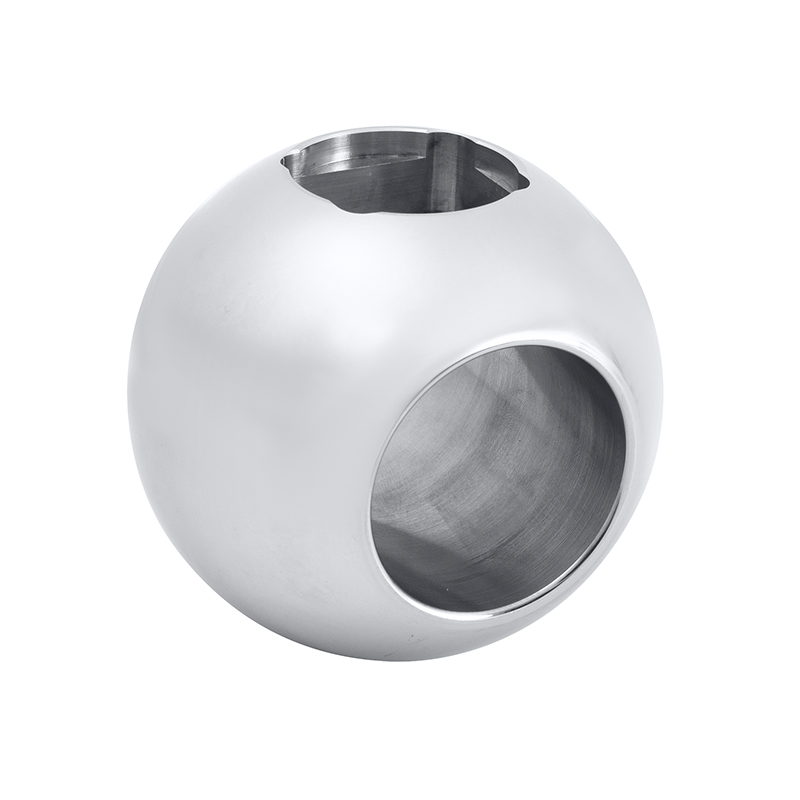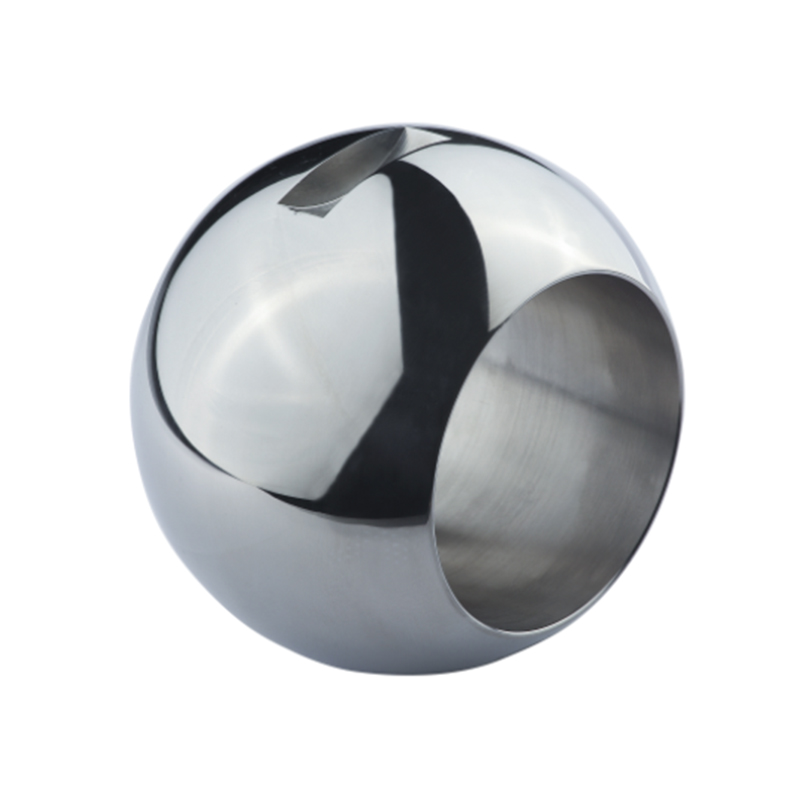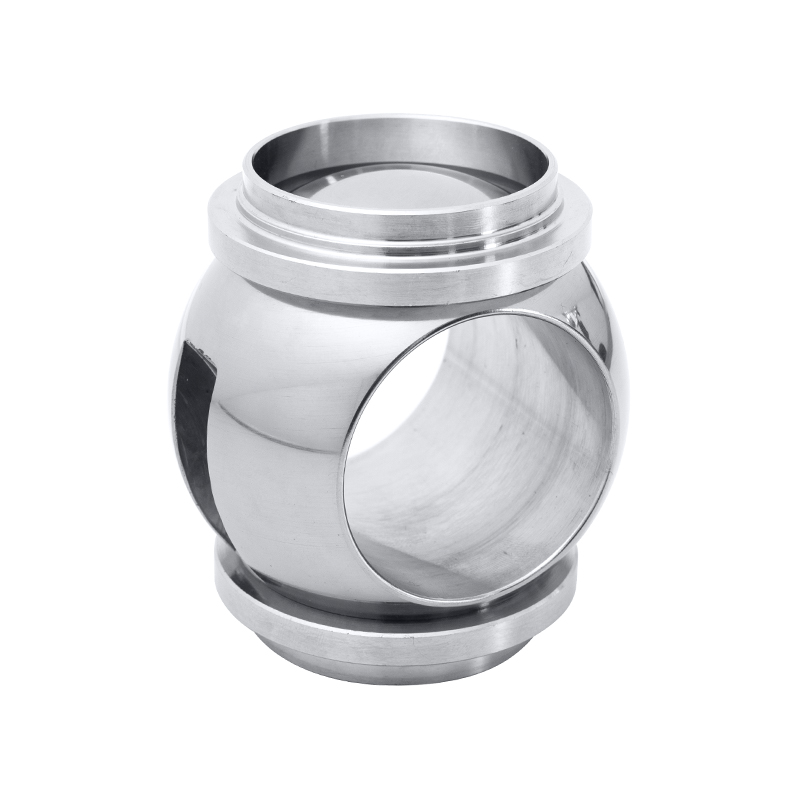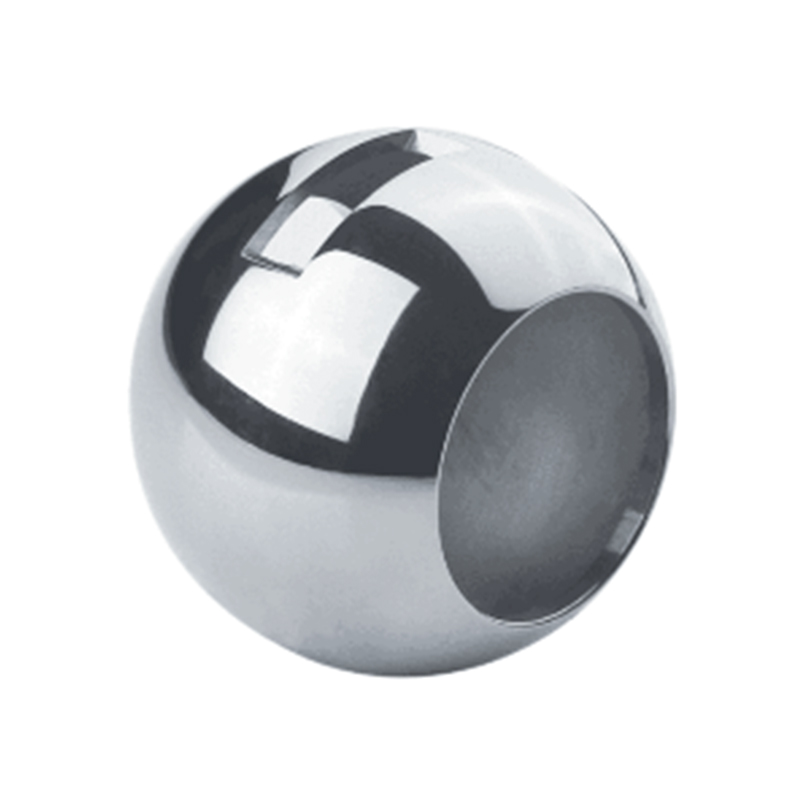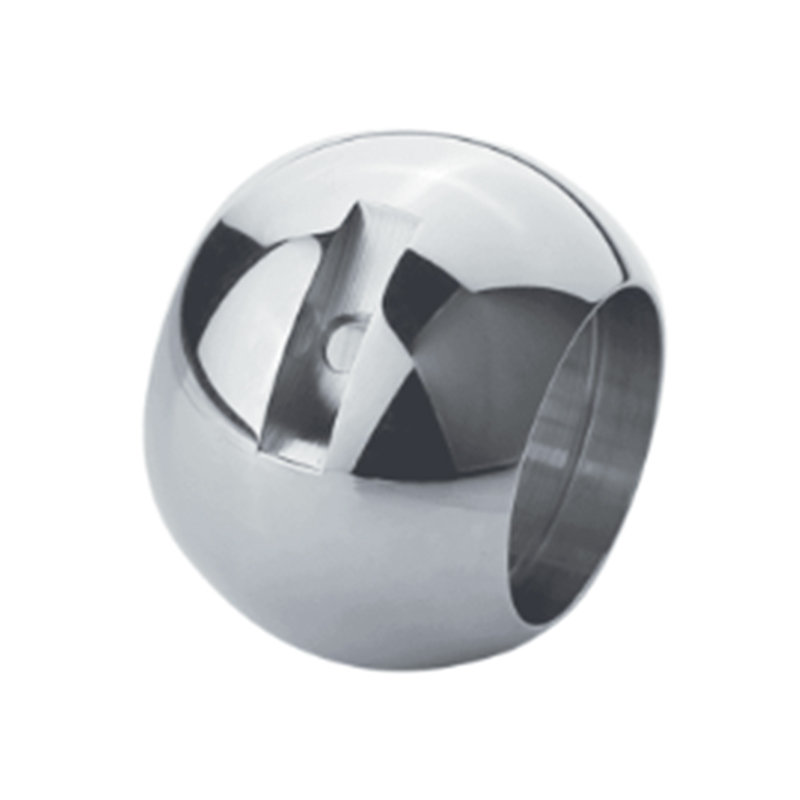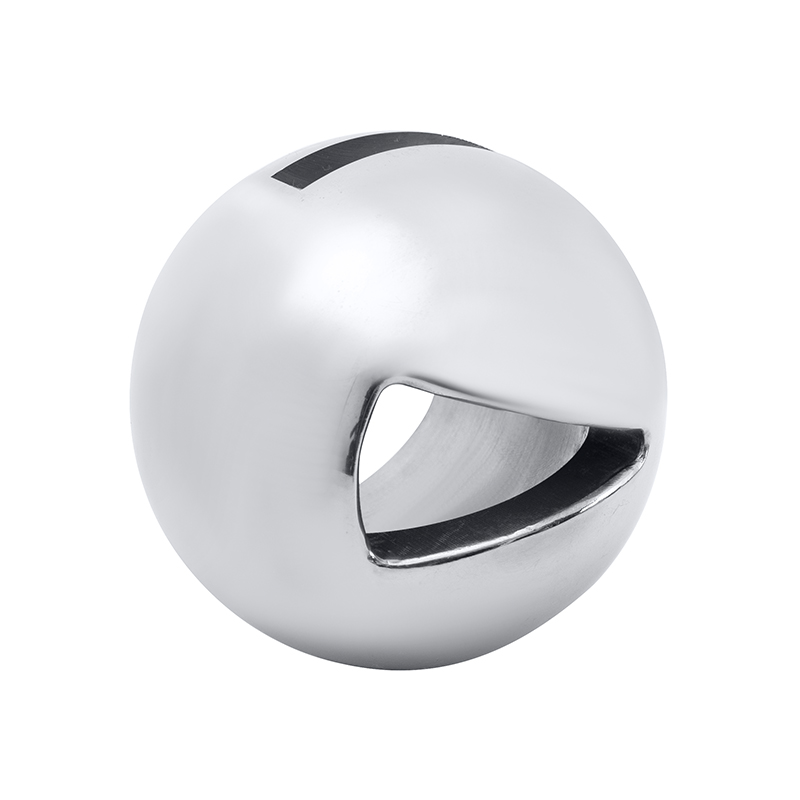Valve balls play a critical role in the performance and reliability of valves used in high-temperature applications. As industrial processes increasingly operate under demanding thermal conditions, the choice and design of valve components become crucial. Among the various valve types, the 3 way full port ball valve and the ball type float valve are often utilized due to their functionality and ability to handle challenging environments. Understanding how valve balls contribute to these valves’ effectiveness in high-temperature settings offers valuable insight for engineers and operators.
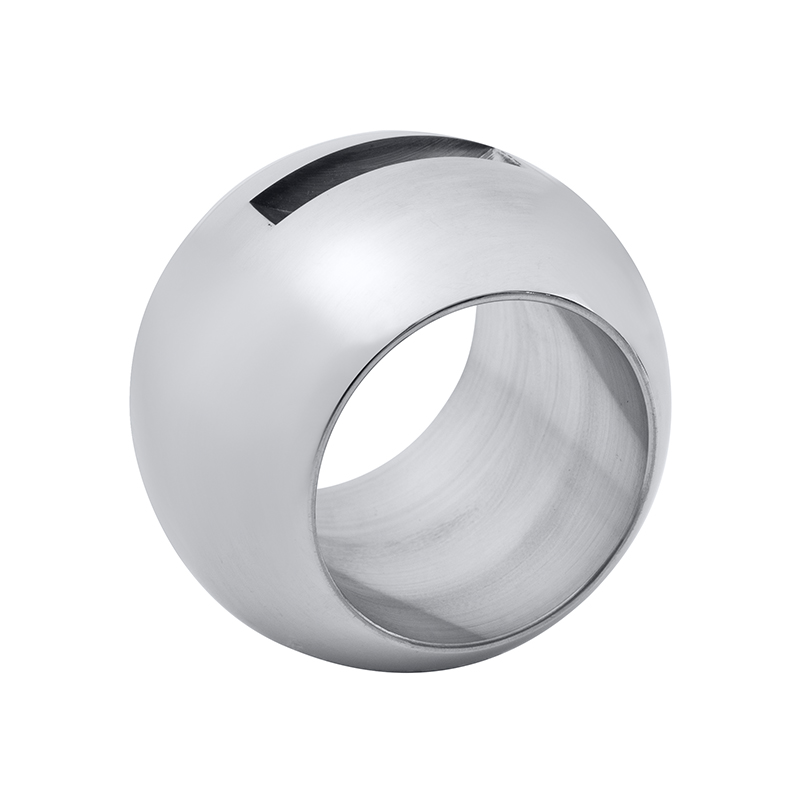
Valve Balls and Their Importance
At the core of ball valves lies the valve ball—a spherical component with a bore through its center. This bore aligns with the pipeline when the valve is open, allowing fluid to flow with little resistance. When rotated 90 degrees, the solid part of the ball blocks the flow, providing a tight shutoff. The valve ball's design enables quick operation and durability, which is essential for high-temperature applications where materials must resist deformation and maintain sealing integrity.
Valve balls in high-temperature valves are typically made from materials that can withstand thermal expansion, corrosion, and wear. Stainless steel alloys, ceramics, and specially coated metals are commonly used to ensure that the valve ball maintains its shape and function even when exposed to high heat. The precision machining of these balls also contributes to the overall valve performance, ensuring smooth operation without leaks.
3 Way Full Port Ball Valve in High-Temperature Systems
The 3 way full port ball valve is designed with three ports, allowing fluid to be directed in multiple flow paths. This versatility makes it suitable for complex piping systems often found in industries such as chemical processing, power generation, and oil refining, where high-temperature fluids are handled.
The "full port" designation means the valve ball’s bore is the same diameter as the pipeline, providing unrestricted flow. This reduces pressure drop and erosion, which can be particularly important when fluids are at high temperatures and velocities. The valve ball in a 3 way full port ball valve must withstand not only thermal stresses but also mechanical forces from the fluid dynamics.
In applications involving steam, hot oil, or molten materials, the valve ball’s material and surface treatment are chosen carefully to prevent thermal fatigue and corrosion. The ability to maintain a reliable seal under these conditions is vital to prevent leaks that could cause safety hazards or process inefficiencies.
Additionally, the 3 way full port ball valve offers operational flexibility by allowing users to switch flow paths or mix fluids while maintaining tight shutoff. The valve ball's smooth surface and precise fit with seats ensure small wear and long service life despite continuous exposure to heat.
Ball Type Float Valve and Its High-Temperature Role
The ball type float valve serves a different function but relies heavily on the valve ball's properties to operate effectively in high-temperature environments. This valve type uses a ball attached to a float mechanism to regulate liquid levels in tanks or reservoirs automatically. When fluid levels rise, the float lifts, causing the ball to seal the inlet and sadvanced flow, and when levels fall, the ball drops to allow flow.
In high-temperature applications such as boiler systems or industrial water tanks, the ball type float valve must resist thermal deformation and corrosion. The valve ball is often manufactured from stainless steel or other heat-resistant materials to ensure reliable operation despite fluctuating temperatures.
The valve ball's smooth surface prevents sticking or jamming in hot, sometimes mineral-rich fluids. This is critical because a malfunctioning float valve in a high-temperature environment can advance to overflow or dry running conditions, both of which can cause equipment damage or safety risks.
The ball type float valve also benefits from its simple mechanical design, which reduces maintenance needs. The durability of the valve ball ensures that it can endure frequent cycles of opening and closing under heat stress without compromising its sealing ability.
Key Considerations for Valve Balls in High-Temperature Applications
Several factors must be considered when selecting valve balls for high-temperature valve applications:
Material Compatibility: The valve ball material must tolerate high temperatures without losing strength or deforming. Alloys with good thermal resistance, such as certain grades of stainless steel or ceramics, are often used.
Surface Finish: A polished valve ball surface has less friction and wear against valve seats. This helps maintain tight seals and smooth operation over time.
Thermal Expansion: Differences in expansion rates between the valve ball and other valve components must be accounted for in the design to prevent leaks or mechanical binding.
Corrosion Resistance: High-temperature fluids can be chemically aggressive. Valve balls with corrosion-resistant coatings or materials help extend valve life.
Precision Machining: Accurate machining ensures the valve ball fits ideally with seats, which is essential for reliable shutoff and fluid control.
Valve balls are fundamental to the operation of valves in high-temperature applications, influencing performance, safety, and durability. Both the 3 way full port ball valve and the ball type float valve demonstrate how valve ball design and material selection enable valves to withstand harsh conditions while maintaining precise flow control.
Understanding the properties and roles of valve balls allows industries to optimize valve selection and maintenance strategies, ensuring reliable operation in processes involving elevated temperatures. As technology advances, ongoing improvements in materials and manufacturing techniques continue to enhance valve balls’ ability to meet the demands of high-temperature environments.

 English
English Español
Español Deutsch
Deutsch
